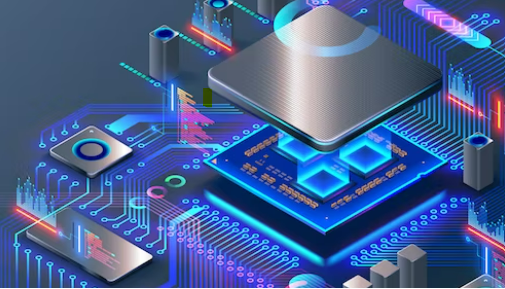Exciting opportunities ahead for smart semiconductor manufacturing!

These are exciting times for the semiconductor industry. Chips are powering an ever-diverse set of applications from smartphones and personal computers to automobiles and data centers, which is fueling new and continued innovation beyond Moore’s Law: https://irds.ieee.org/topics/new-semiconductor-technologies-and-applications
Exciting opportunities are ahead
Exciting opportunities ahead will include some of the same, but heightened challenges: complexity and time-to-market. The winners will win big, and the losers will be gone – fast!
The impact to semiconductor manufacturers
The impact will be profound. Capacity expansion during “normal” times is difficult, trying to match billions of dollars in capital investment with demand that you hope will materialize months or even years down the road. Today, it is further complicated by geo-political pressures to re-shore manufacturing, particularly for advanced technologies used in strategic applications such as Artificial Intelligence, Machine Learning, Quantum Computing and 5G. (See the book “Chip Wars” by Chris Miller).
New ecosystems of suppliers and partners
New ecosystems of both suppliers and partners will be required to develop over time in conjunction with re-shoring: https://www.semiconductors.org/strengthening-the-global-semiconductor-supply-chain-in-an-uncertain-era/
Just one of the changing downstream steps will be tighter integration with semiconductor testing and packaging. Many applications today not only rely on system on chip (SoC), but system in package (SiP), which requires a tighter coordination between fabs and outsourced semiconductor assembly and test (OSAT).
Once the new fabs are built
Then execution will be even more challenging. A sufficient supply of skilled labor is needed to compete in this fast-paced industry. This will require employees to be constantly trained and re-trained through a variety of educational programs and on-the-job experience. In addition, they will need to be supported by automated, expert systems. And like many industries in this post COVID-19 world, supply chain problems are impacting the ability of manufacturers to meet demand. For semiconductors, this starts with raw materials such as specialty gases and chemicals: https://www.gasworld.com/story/shortages-of-specialty-gases-chemicals-needed-for-chip-expansions/
The diversity of demand
Diversity of demand is driving more part numbers and more process recipes. The industry is moving from low mix/high volume to high mix/low volume. Switching, set-up and other downtimes become much more significant impacts to utilization, one of the big drivers of profitability in a fab. Chips are now going into critical safety applications such as advanced driver assistance systems (ADAS), aerospace, and medical equipment. This requires more focus on quality than consumer electronics systems, which makes everything from planning and scheduling to execution more difficult. At the same time, customers are expecting faster deliveries and increased visibility into every step of the manufacturing process.
The digital transformation path forward
The path forward for capturing opportunities and addressing these challenges is breathtakingly fast. Technology affords us the ability to not only think differently about our business, but to involve key partners like customers in the process. Given how fast the industry is moving, embracing digitalization is not just a “nice to have” – it is required for survival.
Author’s invitation
I invite you to read my ebook for a closer look at some of the semiconductor industry opportunities and challenges and how digital transformation can play a key role for semiconductor manufacturers that need to compete and win.
My ebook covers:
- The impact of new markets for chips, such as automotive and internet of things (IoT)
- C-level industry feedback on 3 components of complexity in semiconductors – market, product, and supply chain
- What is (and what is NOT) digital transformation and why manufacturing is a great place to start the digital journey
- The concepts of digital twins, digital threads, change management and shift left
- How digital solutions such as product lifecycle management (PLM) can impact planning, scheduling, simulation, and execution in a semiconductor fab and related activities such as packaging and test
Download the ebook now, “Digital Transformation Opportunities and Challenges for Smart Semiconductor Manufacturing.” It’s a must-read for the times ahead.
Authored by Fram Akiki, President of Joun Technologies, a leading consulting group focused on digital transformation and smart, connected strategies, and an adjunct instructor at Clarkson University and Cal State.


